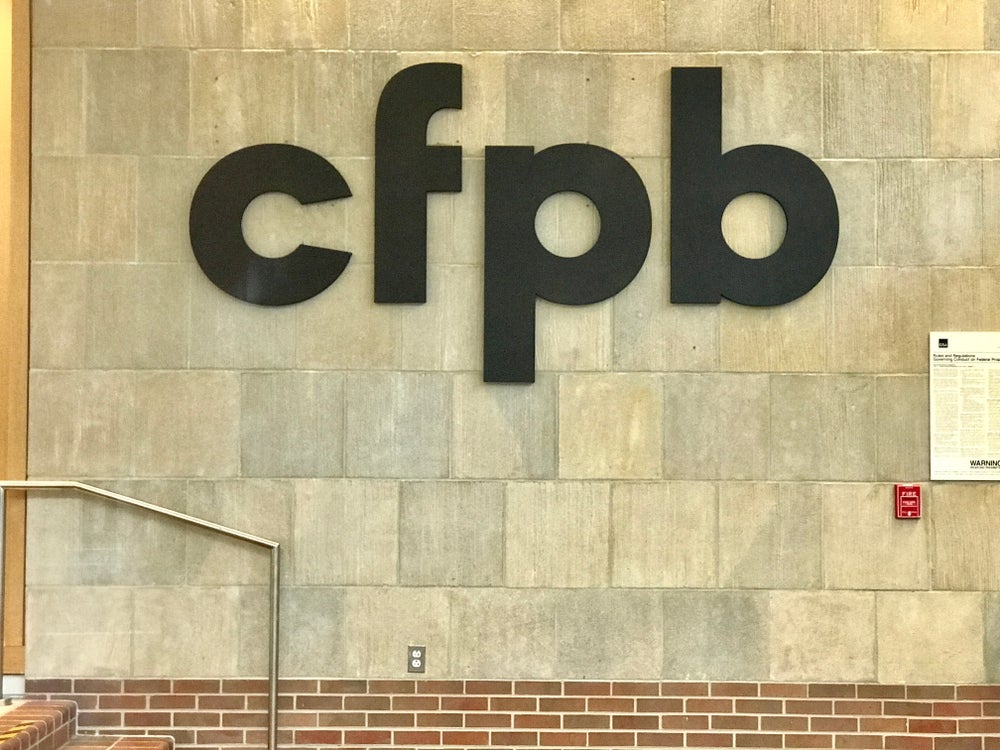HSBC’s card portfolio represents a
quarter of the group’s overall fee income – illustrating just how
important cards remain to some of the world’s leading banking
groups. Dan Jones examines
the importance of card fee income to the revenue mix of 15 banks in
developed and emerging economies.
Banks across the world saw rising card income burnish their net fee
and commission income figures for the first half of 2009, even as
changing consumer habits in the US saw banks in the country witness
the opposite trend, RBI research examining card income at
15 leading international banks shows.
Card income is taking an ever-increasing share
of fee and commission income at banks across Europe, Asia, Africa
and South America, even in cases where the parent bank is
struggling. In Europe, institutions such as Erste have seen their
total net income fall significantly, but card income has proved
relatively resilient.
Figures from the leading banks in the US were
more mixed. Bank of America (BofA) saw its card income fall, down
to $5 billion from $7 billion a year previous, with a significant
drop off in the second quarter alone. The deteriorating state of US
consumers’ credit card finances was also reflected in the $1.6
billion loss made at BofA’s Global Card Services division in the
second quarter.
Consumers’ newfound aversion to personal debt
is also having an effect on banks with significant card operations
in the US.
Europe’s largest bank, HSBC, which saw its
card income as a proportion of overall fee income slip from 28.1
percent to 26.2 percent year-on-year, said in its interim report
that “credit card fee income fell significantly… in the US, this
resulted from lower volumes and changes in customer behaviour”.
How well do you really know your competitors?
Access the most comprehensive Company Profiles on the market, powered by GlobalData. Save hours of research. Gain competitive edge.

Thank you!
Your download email will arrive shortly
Not ready to buy yet? Download a free sample
We are confident about the unique quality of our Company Profiles. However, we want you to make the most beneficial decision for your business, so we offer a free sample that you can download by submitting the below form
By GlobalDataThe bank also cited “lower credit card
origination and utilisation fees caused by the economic downturn
and changes to charging practices” as a principal cause of a 23
percent fall in net fee income to $8.43 billion.
By contrast, China’s ICBC, the world’s largest
bank, saw a 36.2 percent increase in card income for the first half
of the year, up to $637.8 million, with similar gains seen at China
Construction Bank and Bank of China. ICBC issued some 28.6 million
new cards in the first six months of 2009 and now has a total of
270 million bank cards (including 45.7 million credit cards) in
domestic circulation.
Similarly, a near double-digit percent
increase in the number of cards in issuance at Bradesco was a key
factor in the 20 percent year-on-year increase in the bank’s card
income.
The Brazilian bank now has 49.9 million debit
cards and 36.4 million credit cards in circulation, up from 45.7
million and 33.5 million respectively as of 30 June 2008.
|
Income |
||||||||
|
Income earned by cards, 15 |
||||||||
|
REST OF WORLD |
||||||||
|
Group net income ($bn) |
Net fee and commission income |
Card income ($m) |
% of fee income from |
|||||
|
H109 |
% change vs H108 |
H109 |
% change vs H108 |
H109 |
% change vs H108 |
H109 |
H108 |
|
|
Itau-Unibanco(1) |
2.55 |
-17.8 |
3.98 |
-5.5 |
1,543 |
7.2 |
38.8 |
34.2 |
|
Bradesco |
2.24 |
-2 |
3.18 |
5.3 |
925.8 |
20 |
29.2 |
25.7 |
|
HSBC |
3.73 |
-55.1 |
8.43 |
-23 |
2,210 |
-23.5 |
26.2 |
28.1 |
|
Banco do Brasil |
2.23 |
0.5 |
2.68 |
4.8 |
634.5 |
22 |
23.7 |
20.3 |
|
CCB |
8.17 |
-4.86 |
3.43 |
16.1 |
626.7 |
31.4 |
18.3 |
16.2 |
|
ICBC |
9.77 |
3 |
4.06 |
13.3 |
637.8 |
36.2 |
14.9 |
12.6 |
|
US Bank |
1.03 |
-50.3 |
3.84 |
-2.4 |
515 |
0 |
13.4 |
13.1 |
|
Absa |
0.34 |
-44.7 |
0.94 |
14.9 |
120.3 |
18.2 |
12.9 |
12.5 |
|
Bank of China |
6.35 |
-2.9 |
3.36 |
2.6 |
405.7 |
29 |
12.1 |
9.6 |
|
Erste |
0.72 |
-22.7 |
1.3 |
-11.4 |
134.4 |
10.1 |
10.3 |
8.3 |
|
Intesa Sanpaolo |
2.34 |
-48.9 |
3.82 |
-18.5 |
294 |
-13 |
7.7 |
7.2 |
|
NORTH AMERICA |
||||||||
|
Group net income ($bn) |
Total non-interest income |
Card income ($m) |
% of non-interest income from |
|||||
|
H109 |
% change vs H108 |
H109 |
% change vs H108 |
H109 |
% change vs H108 |
H109 |
H108 |
|
|
JPMorgan Chase(2) |
4.86 |
11.1 |
24.61 |
27 |
3,560 |
-1 |
14.5 |
18.6 |
|
Bank of America(3) |
7.47 |
61.7 |
44.41 |
163.2 |
5,010 |
-29.3 |
11.28 |
42 |
|
Wells Fargo(4) |
6.22 |
65.9 |
20.38 |
104 |
1,780 |
54.8 |
8.73 |
11.5 |
|
Royal Bank of Canada(5) |
2.35 |
26 |
11.5 |
28 |
516.3 |
21.7 |
4.5 |
4.7 |
|
(1) Figures are banking fee and charge |
||||||||





